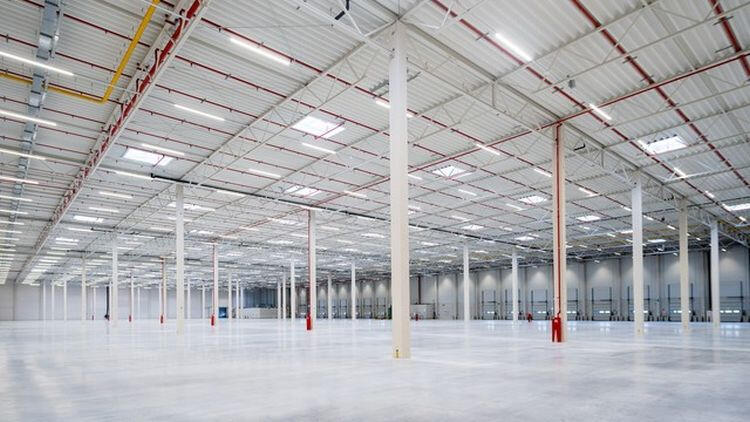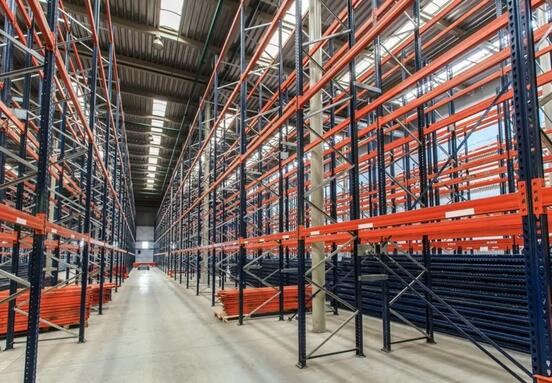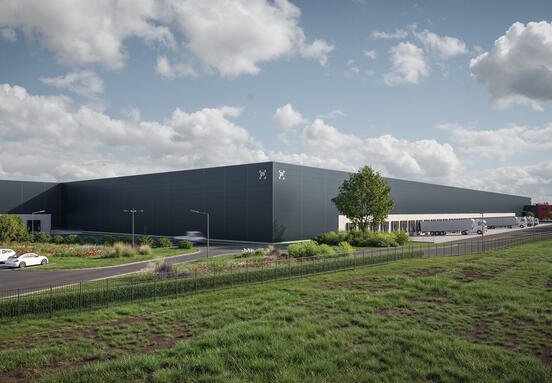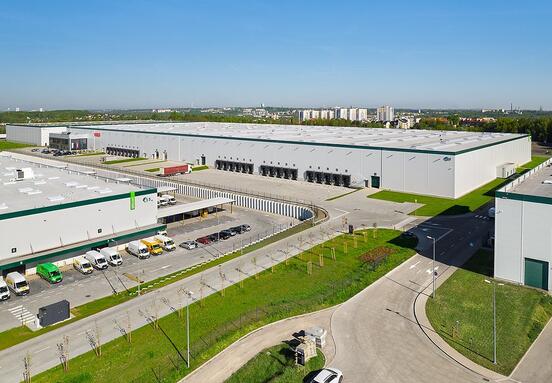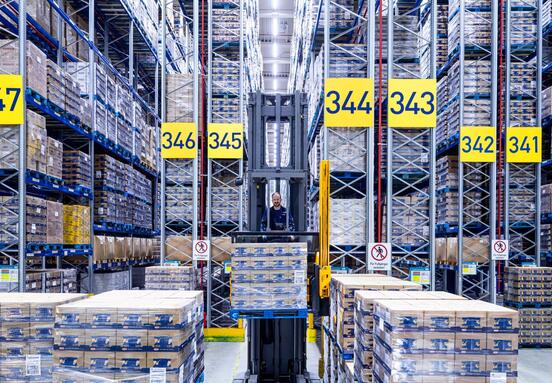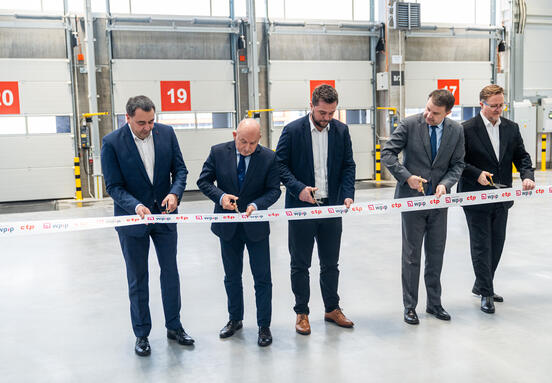At the end of 2023, Poland’s total warehouse and industrial stock stood at over 31.7 million sqm, an increase of 12% year-on-year.
“Despite a slight slowdown in the early months of 2023. the Polish warehouse and industrial market returned to a trajectory of steady growth. Considering development and leasing activity in the last quarter, both developers and tenants are looking to the future with more confidence. Poland remains a major beneficiary of global supply chain reconfiguration acting as a positive driver of its warehouse and industrial market. Its average annual growth is expected to slow marginally to around 10% in the next few years. This suggests that Poland’s total stock will surpass the 35 million sqm mark in early 2025 rather than by the end of this year”, says Jakub Kurek, Head of Industrial and Warehouse, Newmark Polska.
Both developer and occupier activity will continue to centre on Poland’s six key warehouse markets: Warsaw and its suburbs, Upper Silesia, Central Poland, Lower Silesia, Greater Poland and Tricity. Taken together, they contain 80% (more than 25 million sqm) of modern warehouse and industrial space in Poland.
Supply and warehouse space under construction
More than 3.7 million sqm came onto the Polish market in the whole of 2023, a decrease of 16% compared with the previous year. The most active development regions were Mazovia, Upper Silesia and Lubuskie, which saw 702,500 sqm, 599,100 sqm and 437,300 sqm built respectively.
At the end of December 2023, there was more than 2.8 million sqm under construction, up by 12.9% compared with Q3 2023 but down by over 17.6% year-on-year. The largest volumes of new developments were underway in Lower Silesia (829,000 sqm), Mazovia (478,900 sqm), Central Poland (402,950 sqm) and Pomerania (288,300 sqm). Although developers have secured land banks and are planning to deliver projects across Poland, construction activity continues to focus on the six key warehouse markets, which had more than 2.5 million sqm underway at the end of last year, accounting for nearly 90% of the country’s total development pipeline.
Tenant activity on the warehouse and industrial market in Poland
More than 5.6 million sqm of warehouse and industrial space (excluding short-term leases) was transacted throughout Poland in 2023, a year-on-year decrease of 16.1%. The provinces with the highest leasing activity were Mazovia, Lower Silesia and Upper Silesia, which accounted for 25.6%, 17.9% and 16.2% of the total take-up respectively. Occupier activity focused on the six key warehouse markets, which accounted for nearly 87% of 2023’s total leasing volume.
The structure of demand for the whole of 2023 was dominated by new leases, including contracts to deliver BTS projects, which accounted for 50.4% of all deals. Renewals also had a large share of last year’s take-up at 40.2%. Expansions made up the remaining 9.4%. It is also worth noting that nearly 244,000 sqm was transacted in 2023 under shorter leases of up to one year.
The largest letting of 2023 was an e-commerce company’s deal for more than 265,000 sqm in three buildings under construction within the P3 Wrocław industrial park. Two other major transactions were for BTS projects with an area of upwards of 100,000 sqm each – they saw Inditex lease 120,000 sqm in DL Invest Park Psary and Raben take 110,000 sqm in CTPark Warsaw West.
Warehouses to lease
According to the experts of Newmark Polska, at the end of last year, vacant stock comprised more than 2.3 million sqm in existing buildings and nearly 1.4 million sqm in the pipeline.
At the end of the fourth quarter of 2023, Poland’s overall vacancy rate stood at 7.4%, up by 3.3 pp year-on-year. The highest vacancy rates were in Świętokrzyskie (18.4%), Lubuskie (14.2%) and Łódzkie (10.2%), with the lowest being in Subcarpathia (1.7%), Pomerania (1.7%) and Lesser Poland (2.2%).
Rents
Prime warehouse and industrial rates stabilized in the end of 2023. In some locations experiencing relatively high vacancy rates, rents edged down and tenants were able to negotiate more attractive lease incentives. The highest rental rates were in Warsaw (zone 1).
Investment market
In 2023, Poland’s total commercial property investment volume surpassed €2.1 billion, the lowest figure since 2010. The industrial sector, on which investors have heavily focused for years, accounted for almost half of this total, with nearly €1 billion of 27 transactions. This represents a decrease of over 50% from 2022, which saw €1.95 billion worth of deals transacted in this market segment. Real estate yields continued to move out throughout 2023.
Last year’s two largest transactions were for more than €100 million each - these were NREP’s acquisition of an 80% stake in property developer 7R and the acquisition of Panattoni Campus 39 in Wrocław by P3 Logistic Parks.
“2023 was a year of many challenges and high uncertainty in commercial real estate investment markets in Poland and across Europe. Elevated financing costs and the ongoing war in Ukraine caused a slowdown in investor activity and a significant fall in real estate trading volumes compared with previous years. Nevertheless, according to forecasts for 2024-2025, the global economy is expected to see an improvement in the macroeconomic situation and more stability. Of all the commercial real estate sectors, industrial and logistics assets, especially eco-certified buildings that meet high standards for emissions, decarbonization and energy performance, will continue to attract the strongest investor interest in the coming months”, says Urszula Sobczyk, Head of Valuation, Newmark Polska.
Market trends
The warehouse and industrial market in Poland has reached a state of equilibrium, with developers and tenants remaining optimistic about its future growth prospects.
“ESG aspects will have a significant impact on the property market this year, affecting all the market participants: from landlords and investors through to banks, insurers and tenants – both locally and globally. Going forward, challenges facing it include shrinking labour pools and energy security issues regulations”, comments Agnieszka Giermakowska, Research & Advisory Director, ESG Lead, Newmark Polska.
source:property-forum.eu
